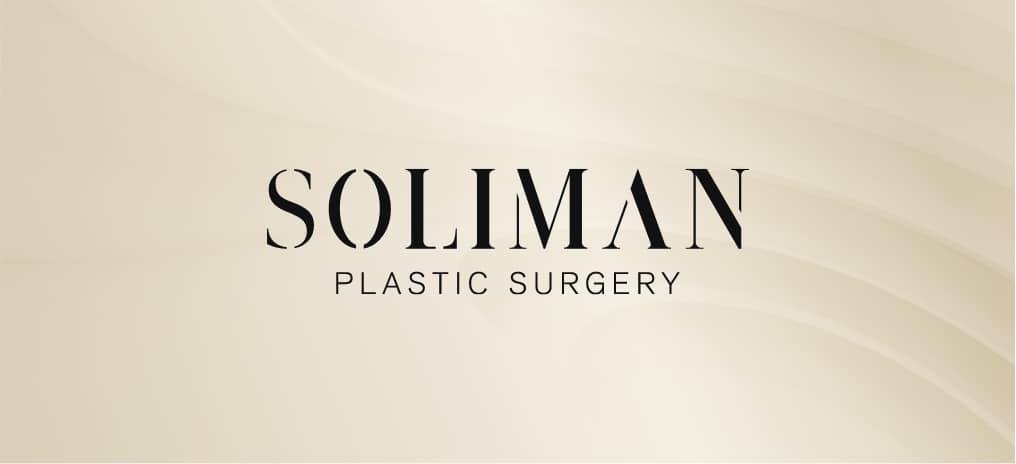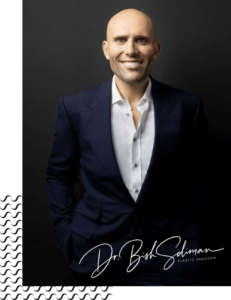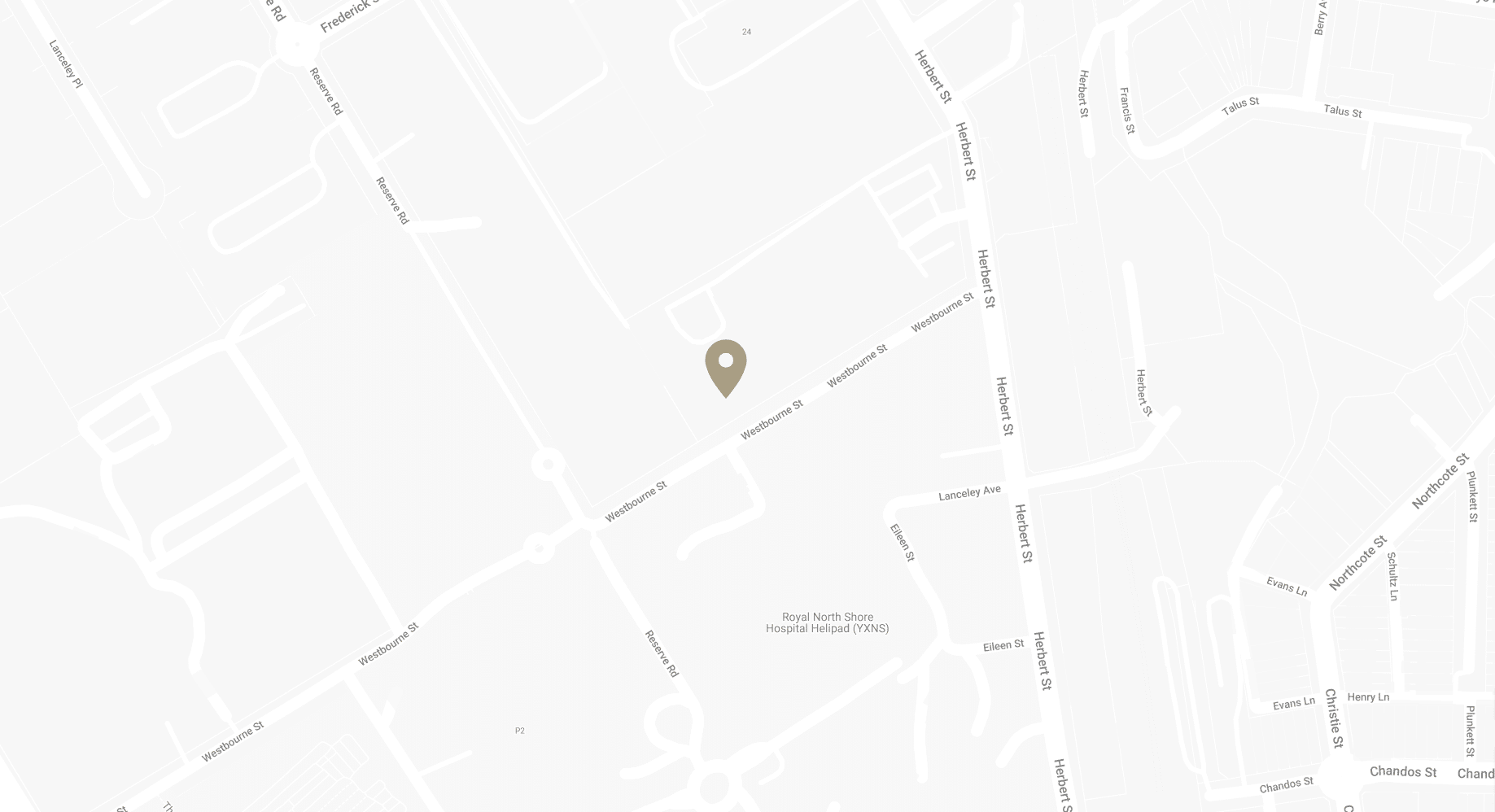What Can Be Done to Reduce Scars after Breast Augmentation
When considering breast augmentation, one of the significant concerns many people have is about the scars that come with the surgery. Knowing how to minimise these scars is not just about the physical appearance; it’s about healing properly and maintaining good health.
In this blog, Specialist Plastic Surgeon Dr Bish Soliman will discuss different aspects to help you manage and minimise breast augmentation scars. He will cover the importance of effective scar management post-surgery, the role of a healthy lifestyle in healing, and the impact of genetics and skin type on scar formation.
Download Dr Bish Soliman Cosmetic Breast Surgery Guide

Factors Affecting Scar Appearance after Breast Augmentation Surgery
After breast surgery, different factors can influence how your scars look. It’s important to be aware of these factors because they can impact your healing process and the final appearance of your scars.
Genetics and Skin Type
Your genetic makeup and skin type play a big role in how you heal from any surgery, including breast augmentation.
- Genetics: Some people are just more prone to prominent scarring. If you know that you tend to scar easily or develop keloids (thick, raised scars), let Dr Soliman know. He might adjust your treatment plan accordingly.
- Skin Type: People with darker skin tones may be more susceptible to developing hypertrophic scars or keloids. It’s important to discuss this with Dr Bish so he can tailor your scar management plan.
Age and Hormonal Factors
Age and hormones can also play a role in how your scars heal.
- Age: Older skin tends to heal slower and may scar more easily than younger skin.
- Hormonal Changes: Hormonal fluctuations, like those during menstruation, pregnancy, or menopause, can affect skin health and healing.
Surgical Techniques to Minimise Scarring
The process to reduce scarring from breast augmentation begins well before you enter the operating room. The choices your plastic surgeon makes, from the initial incision to the final stitch, significantly influence the appearance of your scars.
Incision Types and Placement
The type and placement of the incision are critical in determining the size and visibility of your scars.
- Inframammary Incisions: The inframammary approach involves an incision made in the crease under the breast. This is a preferred method for many surgeons due to its ease of access and control over implant placement. While this method offers significant advantages, be aware that the scar might be more noticeable, especially in certain clothing or positions.
- Periareolar Incisions: This technique involves an incision made around the nipple area. It’s less visible, often blending into the natural lines of the breast. However, it’s important to consider potential changes in nipple sensitivity and possible implications for breastfeeding. This method requires a delicate balance between aesthetic outcomes and functional considerations.
- Transaxillary Incisions: Another option is the transaxillary incision, made in the armpit area. This approach leaves no scar on the breast itself, making it an appealing choice for those highly concerned about visible scarring on the breast. But this method might have limitations regarding implant size and placement precision.
Each incision type has its pros and cons, and the best choice for you will depend on your body, the desired outcome, and your surgeon’s advice. A thoughtful discussion with Dr Soliman about these options is essential.
Post-Operative Care for Scar Minimisation
After your breast augmentation, the way you look after your incisions is incredibly important. It has a big impact on both how well your scars heal and how they end up looking.
Immediate Aftercare
Straight after your surgery, the care you give to your incisions sets the stage for your healing process. Here’s what you need to keep in mind:
- Follow Dr Soliman’s Instructions to the T: You’ll get specific advice on how to care for your wounds. This usually includes instructions on keeping the area clean and dry to prevent infection. It’s really important that you follow these instructions exactly as they are given.
- Take it Easy: In the first few days post-surgery, you should avoid any heavy lifting, stretching, or high-impact activities. These can put too much stress on your healing incisions and could make your scarring worse.
Dressings and Topical Treatments
Using the right dressings and treatments can help your scars heal better and look less noticeable.
- Use Silicone Gel Sheets or Scar Gels: These products are often recommended for their potential benefits in scar healing. Silicone gel sheets can be placed over your healing scar. They create a moist environment that can help in reducing the thickness and colour of scars. Scar gels are also an option for promoting healing. Dr Soliman can advise when is the right time to commence with these.
- Keep Your Scars Covered: Dr Soliman might tell you to keep the incision covered with a dressing for a certain period. This is to protect the area from anything that might irritate it and to maintain an environment that’s conducive to healing.
Monitoring for Complications
Keeping an eye out for any signs of problems is crucial for preventing scars from getting worse.
- Look Out for Infection Signs: Keep an eye out for increased redness, warmth, unusual swelling, or discharge from the incision sites. These can be signs of an infection that needs immediate attention.
- Regular Check-Ups Are Important: It’s crucial to see Dr Soliman for follow-up appointments. These check-ups are your chance to catch and address any healing issues early on. If you’re worried about how your incisions are healing, don’t hesitate to get in touch with your surgeon.
Be Patient
Healing is a slow process, and scars take time to settle and fade.
- Give It Time: It might take over a year to see the final look of your scars. At first, they might appear red and raised, but over time they usually become flatter and lighter.
- Keep Realistic Expectations: It’s important to understand that while many techniques and treatments can make a big difference in how your scars look, they won’t disappear completely.
Long-Term Scar Management
Once you’re past the initial healing phase after your breast augmentation, there’s still plenty you can do to ensure your scars heal as well as possible. This ongoing care can make a big difference in how your scars look in the long run.
Sun Protection
Scars can be really sensitive to sunlight, and too much sun can make them more noticeable.
- Use Sunscreen: Apply a high-SPF sunscreen on your scars whenever you’re out in the sun. This helps prevent them from getting darker.
- Avoid Direct Sunlight: Try to keep your scars out of direct sunlight for at least the first year after your surgery. If you’re going to be in the sun, cover up the area with clothing or use a strong sunscreen.
Massage and Moisturisation
Regularly massaging and moisturising your scars can improve their appearance.
- Gentle Massage: Use a gentle, circular motion to massage your scars. This can help improve their texture and overall appearance. Make sure you use a non-irritating moisturiser to keep the area hydrated.
- Desensitisation: Massaging your scars can also help desensitise the area, which can make it more comfortable and reduce any sensitivity or discomfort.
Laser and Other Scar Treatments
If your scars are particularly bothersome, there are professional treatments that can help.
- Laser Therapy: Laser treatments can reduce the appearance of scars by smoothing them out and reducing redness.
What to Avoid After Breast Surgery to Reduce Scarring
After undergoing breast surgery, it’s just as important to know what to avoid as it is to know what to do. Certain activities and habits can negatively impact your healing process and make scarring worse. Here’s a detailed look at what you should steer clear of to help reduce scarring after your surgery.
Strenuous Physical Activity
High-impact activities can significantly affect your healing scars.
- Avoid exercises like running, heavy lifting, or any high-intensity workouts for the time period recommended by your surgeon.
- Sudden movements or overexertion can put undue stress on your healing tissues, potentially leading to wider or more prominent scars.
Smoking and Alcohol Consumption
Lifestyle choices like smoking and excessive drinking can impede your healing.
- Smoking reduces blood flow to the skin, which is essential for healing; this can result in thicker and more noticeable scars.
- Similarly, excessive alcohol consumption can slow down the healing process and should be avoided.
Certain Medications and Supplements
Some medications and supplements can affect how your body heals.
- Medications that can increase bleeding, like aspirin or certain anti-inflammatory drugs, should be avoided unless Dr Soliman gives you the all-clear.
- Some herbal supplements can also impact healing; always discuss any supplements you’re taking with your surgeon.
Poor Diet
What you eat plays an important role in how your body heals.
- A diet lacking essential nutrients can slow down the healing process.
- Focus on eating plenty of fruits, vegetables, proteins, and whole grains to give your body the nutrients it needs.
Neglecting Post-Operative Instructions
Dr Soliman will provide specific care instructions – ignoring these can be detrimental to your scars.
- Follow all guidelines regarding wound care, wearing compression garments if prescribed, and attending follow-up appointments.
- Failing to adhere to these instructions can lead to complications that worsen scarring.
Sun Exposure
Direct sunlight can cause scars to darken and become more noticeable.
- Keep your scars covered from the sun for at least a year post-surgery.
- If you do go out in the sun, use a high-SPF sunscreen to protect the scarred areas.
Scratching or Picking at Scars
It’s natural for scars to itch as they heal, but interfering with them can cause problems.
- Avoid scratching or picking at your scars, as this can cause further damage and worsen their appearance.
- If itching is a problem, talk to Dr Soliman about appropriate remedies.
Not Getting Enough Rest
Your body needs plenty of rest to heal properly.
- Make sure you’re getting enough sleep and allowing your body to rest, especially in the first few weeks after surgery.
- Overexerting yourself can slow down the healing process and impact how your scars heal.
FAQs about Minimising Breast Augmentation Scars
What are the best ways to minimise scarring after breast augmentation?
- To minimise scarring, it’s important to choose a skilled plastic surgeon experienced in techniques that reduce scarring. After surgery, closely follow your surgeon’s instructions on wound care, avoid strenuous activities that can stress the incisions, and use recommended dressings or scar treatments. Protecting your scars from sun exposure and maintaining a healthy lifestyle, including a nutritious diet and avoiding smoking, also play a crucial role.
How long does it take for scars to fade after breast augmentation?
- The healing process varies, but scars from breast augmentation start to fade within a few months and continue to improve for up to a year or more. Initially, scars may appear red and raised, but over time they should flatten and lighten in colour. The final appearance of scars depends on factors like your skin type, genetics, and how well you follow post-operative care instructions.
Can I use silicone gel sheets for scar management, and how effective are they?
- Yes, silicone gel sheets are commonly recommended for scar management after breast augmentation. They help to hydrate the scar and can reduce scar thickness and discoloration. Many find them effective, especially when used consistently as part of post-surgery care. It’s important to start using them only after Dr Soliman confirms that your wounds have healed sufficiently.
Are there any professional treatments available for reducing the appearance of breast augmentation scars?
- Yes, there are several professional treatments available for reducing the appearance of scars, including laser therapy, microdermabrasion, and certain steroid injections. These treatments can help to smooth, flatten, and lighten scars. It’s important to consult with your plastic surgeon to determine the best treatment for your specific scars.
Is it normal for scars to feel itchy, and how can I manage this without causing damage?
- It’s normal for scars to feel itchy as they heal. To manage this without causing damage, avoid scratching or picking at the scars. You can use a moisturiser to keep the skin hydrated or talk to Dr Soliman about recommended creams or treatments that can alleviate itching. If itching is severe or accompanied by other symptoms like redness or swelling, it’s important to consult your surgeon to rule out any complications.
Further Reading about Breast Augmentation with Dr Bish Soliman
- Read Dr Bish Soliman’s Blog about What Is Dropping and Fluffing after Breast Augmentation?
- Read Dr Bish Soliman’s Blog about Consultation for Breast Augmentation
- Read Dr Bish Soliman’s Blog about How to Choose the Best Bra after Breast Augmentation
- Read Dr Bish Soliman’s Blog about Should I Wear A Sports Bra After Breast Augmentation?
- Read Dr Bish Soliman’s Blog about FAQs about Breast Augmentation
- Read Dr Bish Soliman’s Blog about Recovery after Breast Augmentation
- Read Dr Bish Soliman’s Blog about 9 Breast Augmentation Questions Patients Never Ask (But They Should)
Medical References about Breast Augmentation
- How Long Is the Recovery for A Breast Augmentation? – American Society of Plastic Surgeons
- Breast Enlargement (implants) – NHS
- Breast Augmentation – American Society of Plastic Surgeons
- Breast Augmentation – Mayo Clinic
- Breast Implants – Web MD



